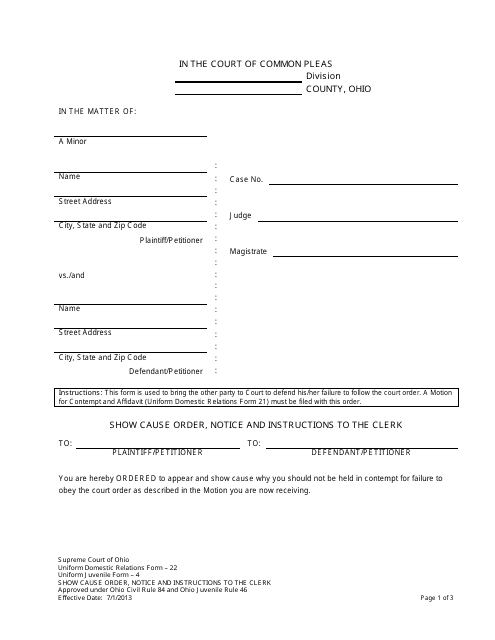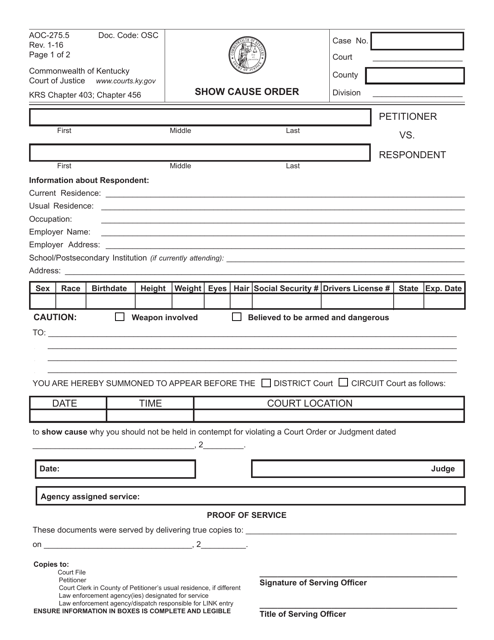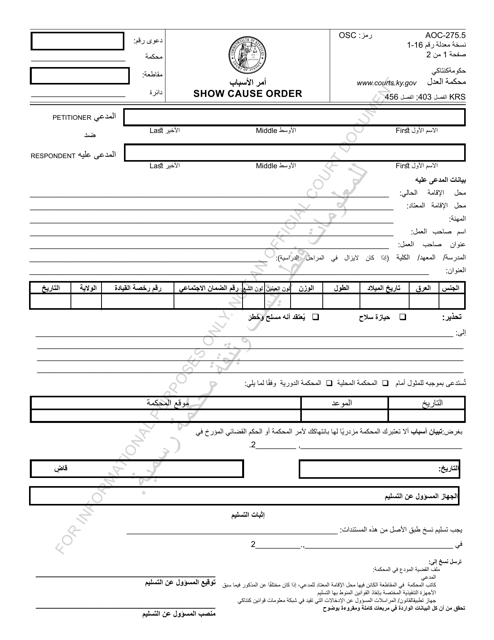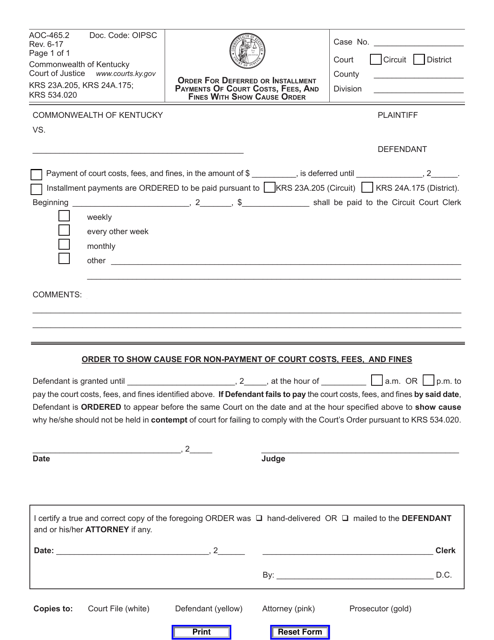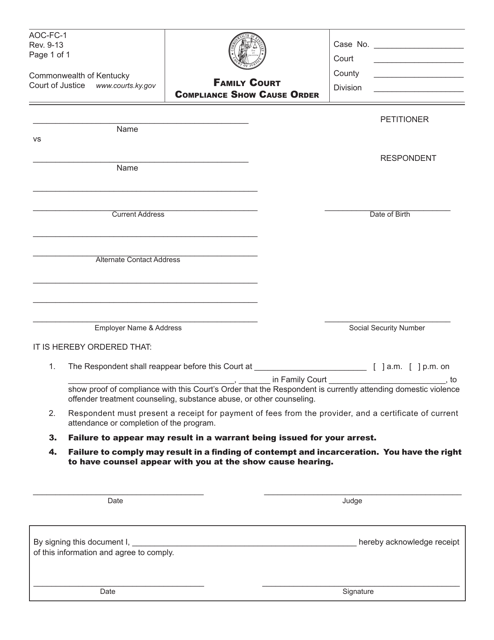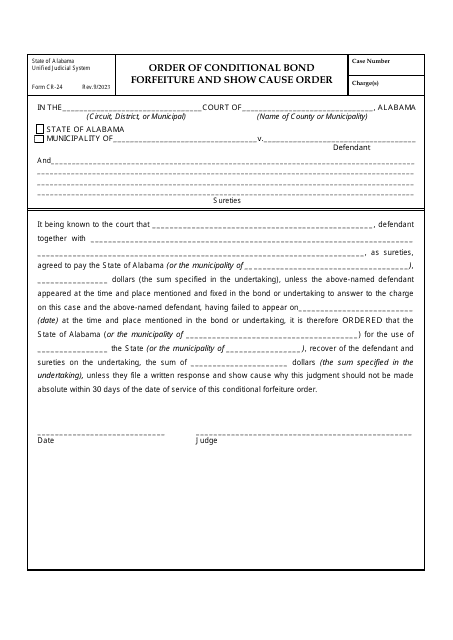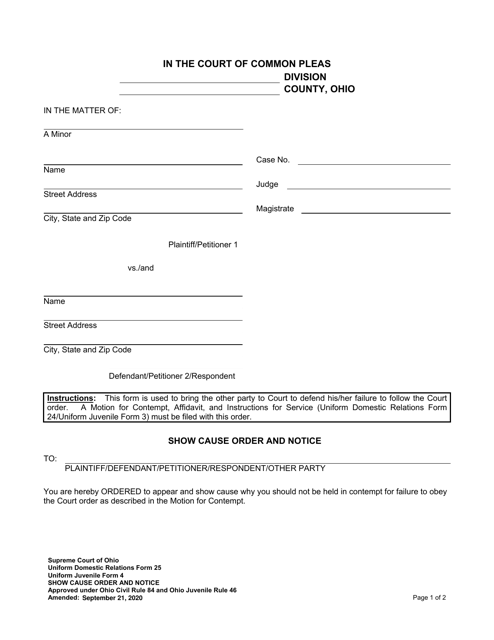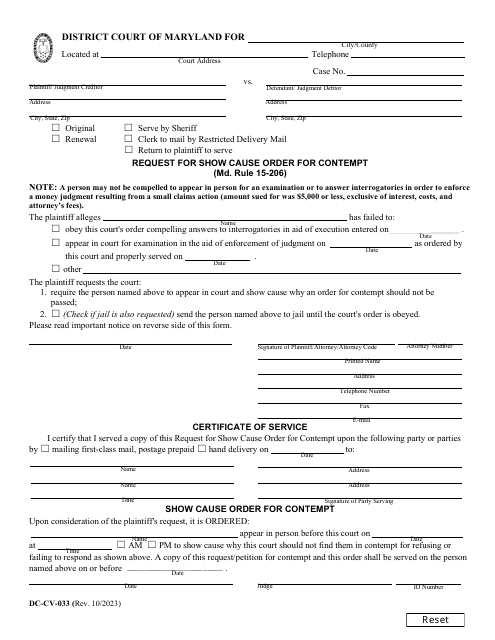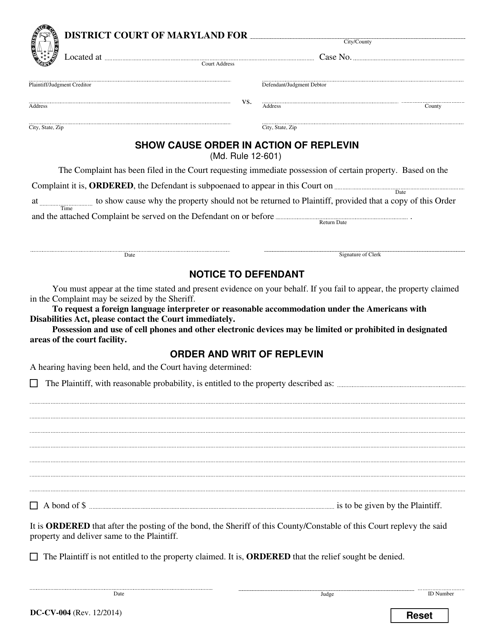Show Cause Order Templates
When facing legal proceedings, it is essential to understand the different documents that may be filed and served upon you. One such document that you may come across is a Show Cause Order. Show Cause Orders, also known by the same name, are issued by courts to require individuals to justify their actions or provide reasons why they should not be held in contempt, subject to penalties, or have certain privileges revoked.
A Show Cause Order serves as a formal notice and instruction to the individual, outlining the allegations or violations they are being accused of. This document sets forth the specific actions that have purportedly violated a court order, judgment, or other legal obligations.
These orders can take various forms, often depending on the jurisdiction in which they are issued. For example, in Ohio, you may encounter Form 22 Show Cause Order, Notice and Instructions to the Clerk. In North Carolina, you may come across Form AOC-CR-219 Show Cause Order, Findings and Judgment, which pertains to failures to pay fines or costs, obey jury summons, appear pursuant to criminal summons, or cases of contempt. Similar documents include Form AOC-275.5 Show Cause Order in Kentucky and Form DC-CV-004 Show Cause Order in Action of Replevin/Notice to Defendant/Order and Writ of Replevin in Maryland.
The contents of a Show Cause Order will vary, but generally, it will contain details about the alleged offenses, deadlines for response, and potential consequences for non-compliance. It is crucial for the recipient of a Show Cause Order to consult with legal counsel promptly to understand their rights and obligations, respond appropriately, and present their case effectively.
If you have received a Show Cause Order or need assistance navigating the legal process, it is advisable to seek professional advice from an attorney experienced in the relevant jurisdiction. They can guide you through your options, help you prepare your response, and represent your interests in court proceedings if necessary.
Understanding the implications of a Show Cause Order and taking appropriate action is vital to protecting your rights and ensuring a fair and just legal process.
Documents:
11
This document is used in Ohio to issue a show cause order, notice, and instructions to the clerk. It provides guidance on the procedures and requirements for a legal proceeding.
This Form is used for issuing a show cause order, findings, and judgment in North Carolina for various failures such as failure to pay fine and/or costs, failure to obey a jury summons, failure to appear pursuant to a criminal summons, or contempt.
This document is a Show Cause Order form used in Kentucky. It is used to notify individuals about a legal proceeding where they must show cause or provide a valid reason for their actions.
This document is a Show Cause Order in Arabic issued by the Kentucky Administrative Office of the Courts. It is used to notify individuals of a pending legal matter and to require them to appear in court and provide a reason why certain actions should not be taken against them.
This form is used for requesting deferred or installment payments of court costs, fees, and fines in Kentucky. It also includes a show cause order in case of non-payment.
This document is a Family Court Compliance Show Cause Order used in Kentucky. It is used to notify individuals to appear in court and show cause for not complying with court-ordered obligations in family law cases.
This document is used in Ohio for issuing a Show Cause Order and Notice in cases related to domestic relations and juvenile matters.
This form is used for issuing a Show Cause Order in an action of replevin in Maryland. It also serves as a notice to the defendant and includes an order and writ of replevin.

